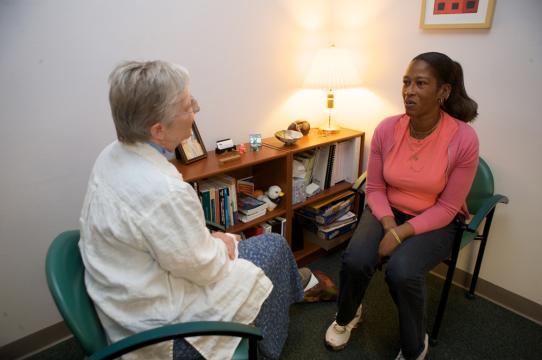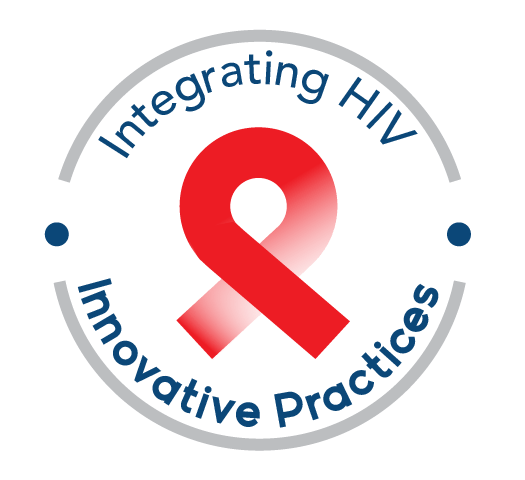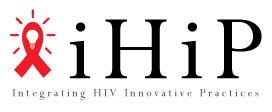
All grantees were asked to consider and prepare for project sustainability from the very beginning of the Initiative, and several grantees have been successful in sustaining some or all of their grant programs beyond the SPNS grant period.
These programs all depended on different factors to sustain their programs, but were unified in their adaptability and creativity in approaching the challenges inherent in funding their programs. Project sustainability has proven to be, above all else, dependent on funding.
The main funding options that grantees utilized to sustain their projects included some combinations of the following:
- Medicaid reimbursement
- Reimbursement/contracts from Ryan White programs or private foundations
- Sliding fee scales for patient payment
- Cross-subsidization from billing private dental insurance (and clinic outreach to expand this market)
Among the Oral Health Initiative grantees, 10 of the 15 were able to leverage Ryan White funding through various Ryan White Program Parts (2 with Part A; 3 with Part B; 3 with Part C; and 2 with Part F Dental Reimbursement Program).
See here to learn more.
Some grantee clinics utilized the cross-subsidization approach to great success. These grantees were able to expand their respective services to PLWHA in part because they opened their practice to non-HIV-positive, private dental patients as well. “If you look at the holistic approach to care, for a provider to say, ‘Well, you know, I’m just a Ryan White clinic, and that’s all I see here,’ is pretty much the beginning of a shutdown of their program,” adds the director of one of these grantees.
“That’s just another barrier to services. Our goal was to find barriers and remove them.”
This same grantee was not just able to not only remove barriers, but to turn them into opportunities. The grantee recognized that there was an unmet need for private dental care in the community it serves, not just dental care for PLWHA. Now, the grantee operates its own private dental clinic to service private paying and insured patients, who bring in a steady income stream that supports its ability to sustain its program while still providing quality care to PLWHA with lesser means.
For some grantees, the organizational model they chose to implement greatly promoted sustainability. Those grantees that were able to develop fruitful partnerships with dental schools, who can provide a steady stream of low-cost staff support to a clinic, have demonstrated success in maintaining their oral health care programs. In addition, all of the grantees that established satellite clinics have been able to not only enroll large numbers of patients through their expanded services, but also to sustain their programs beyond the SPNS grant period.
As any SPNS grantee can tell you, there’s no need to reinvent the wheel to build and sustain a successful program. One of the biggest benefits of being part of the Ryan White community is learning from other Ryan White providers’ experiences and adopting their best practices. While the goal of this training manual—and of the IHIP project as a whole—is to facilitate this sharing of best practices as they relate to oral health for PLWHA, valuable oral health information is being shared across the Ryan White community in many ways. To learn more, please see the “Online Resources”.
Programs with Plans for Post-Evaluation Project Sustainability
| Program Name | Patients enrolled in the evaluation and care | Mean # of services provided to patients | Patients with completed Phase I treatment plans |
|---|---|---|---|
| AIDS Care Group | 206 | 11 | 71 |
| AIDS Resource Center of Wisconsin | 55 | 24 | 40 |
| Community Health Center of Connecticut | 208 | 14 | 103 |
| Harbor Health | 74 | 12 | 29 |
| HIV Alliance | 205 | 21 | 126 |
| Montefiore Medical Center | 58 | 13 | 14 |
| Native American Health Center | 99 | 20 | 61 |
| Special Health Resources for Texas | 187 | 17 | 120 |
| St. Luke’s Roosevelt Hospital | 289 | 25 | 136 |
| Tenderloin Health Center | 173 | 13 | 62 |

